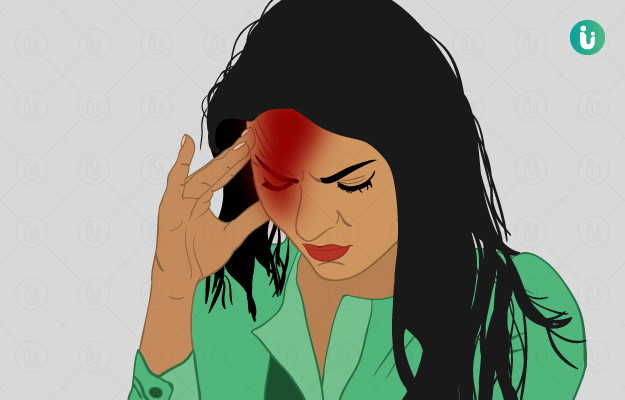Summary
Migraine is a neurological condition, typically characterized by a series of repetitive, severe to moderate type of headaches. Migraine is known for causing throbbing pain specifically on one side of the head. It has been observed that a person with severe symptoms of migraine may want to completely take rest in a dark and preferably in a quiet place. In some people, migraine headache may be preceded or accompanied by common auras which include flashes of light, blind spots or tingling in your arm or leg along with nausea and vomiting. Although medications to cure migraine completely is not available, however, certain prescribed medicines, lifestyle changes, can reduce the frequency and severity of migraines.

 Doctors for Migraine
Doctors for Migraine  OTC Medicines for Migraine
OTC Medicines for Migraine
 Migraine articles
Migraine articles News for Migraine
News for Migraine

 Ayurvedic Treatment of Migraine
Ayurvedic Treatment of Migraine
 Home Remedies for Migraine
Home Remedies for Migraine
 Homeopathic Treatment of Migraine
Homeopathic Treatment of Migraine


































 Editorial Team
Editorial Team
















